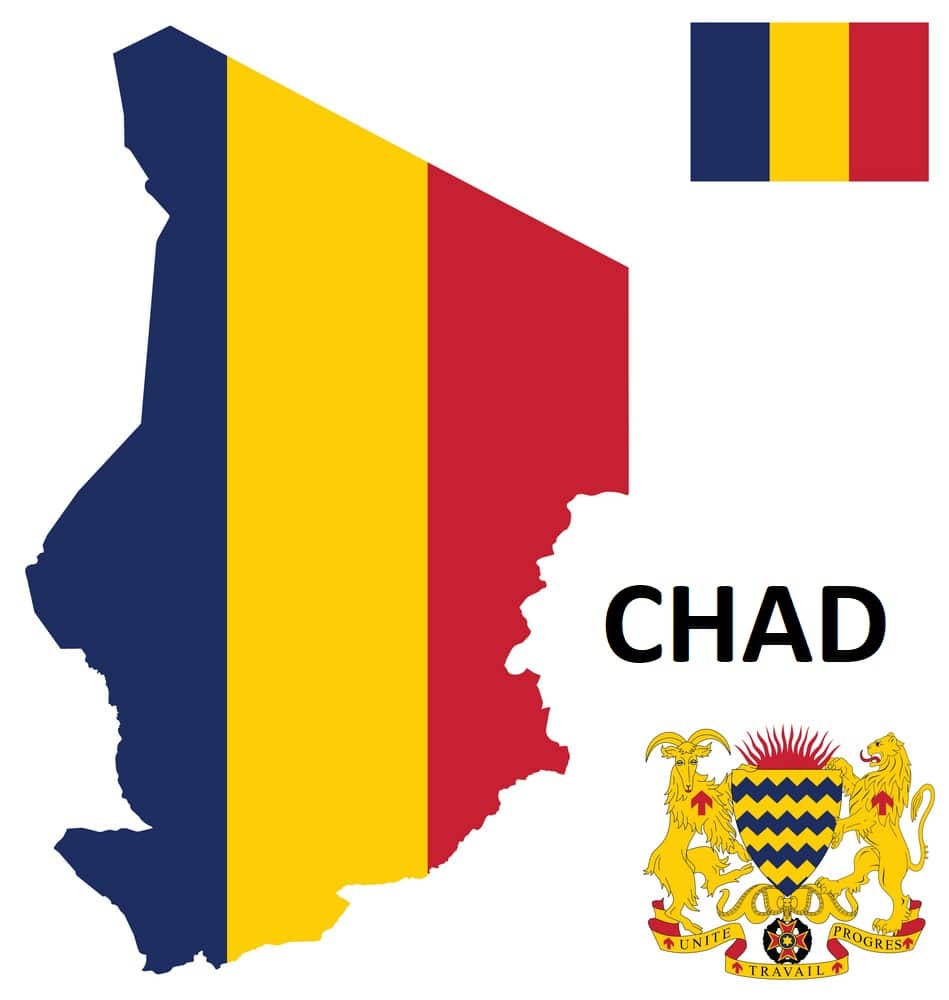Headlines
Chad Population, Official Language And More.

In 2021, Chad witnessed large-scale demonstrations against the rule of the transitional military council headed by the son of the late President Idriss Deby Itno, which resulted in two deaths. The pre-election period was marred by a ruthless government crackdown on protesters and the political opposition.

Chad
THE POPULATION
As of 2023, Chad has an estimated population of 18,523,000 people. The population is diverse and consists of over 200 ethnic groups, each with its own language and culture. The largest ethnic group is the Sara, followed by the Arab and the Mayo-Kebbi. The population is predominantly Muslim, with a significant Christian minority.
THE LANDMARK
Chad is home to several landmarks that are of historical and cultural significance. One such landmark is the Ennedi Plateau, which is located in the northeast of the country. The plateau is known for its rock formations, which include arches, pillars, and canyons. The area is also home to several prehistoric rock paintings and carvings that date back thousands of years.
THE OFFICIAL LANGUAGE
The official languages of Chad are Arabic and French. Arabic is used primarily in the north and east of the country, while French is used in official government business and education. In addition to these two languages, there are over 100 indigenous languages spoken throughout Chad.
THE CULTURE
Chad has a rich cultural heritage that is reflected in its music, dance, art, and literature. Traditional music in Chad includes a variety of instruments such as drums, flutes, and stringed instruments like the kora. The country is also known for its traditional dances such as the Sara, Kanem, and Gorane dances.
Chad’s art scene includes traditional crafts such as pottery, weaving, and basketry. The country is also home to several contemporary artists who have gained international recognition for their work.
THE ECONOMIC STABILITY
Chad’s economy is heavily dependent on oil exports, which account for over 90% of its export earnings. The country has experienced significant economic growth in recent years due to increased oil production. However, this growth has not translated into improved living standards for most Chadians. Chad remains one of the poorest countries in the world with a high poverty rate and low human development indicators.
THE GDP
Chad’s Gross Domestic Product (GDP) was $11.9 billion in 2020. The country’s economy is heavily dependent on oil exports, which account for over 90% of its export earnings.
THE CURRENCY
The official currency of Chad is the Central African CFA franc (XAF). The CFA franc is used by six countries in Central Africa and is pegged to the euro.
THE FOOD
Chad’s cuisine is influenced by its diverse ethnic groups and includes a variety of dishes made with grains, vegetables, and meat. One of the most popular dishes in Chad is couscous, which is made from semolina wheat and served with a stew of meat and vegetables. Another popular dish is dambou, which is a type of porridge made from millet or sorghum flour.
MAJOR CITIES
The largest city in Chad is N’Djamena, which is also the capital city. Other major cities in Chad include Moundou, Sarh, and Abéché.
MAJOR AIRPORTS, SEAPORTS, AND SCHOOLS
The major airport in Chad is the N’Djamena International Airport. Chad is a landlocked country and does not have any seaports.
Chad has several universities, including the University of N’Djamena, which is the largest university in the country. Other universities in Chad include the University of Abéché and the University of Moundou.





